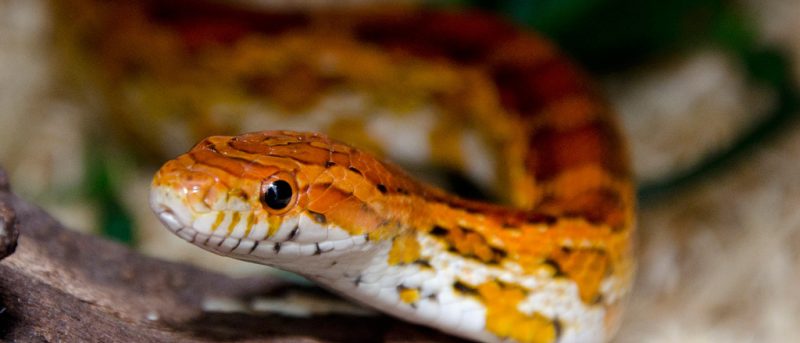Thursday 18 July 2019
This week at the Animal Welfare Centre we celebrated World Snake Day (17/07)
We currently have 8 different species of snake within our reptile centre, here students learn about safe handling and feeding techniques and how to maintain different enclosures to ensure correct husbandry and care.
Learn more about some of our on-site species:
Corn Snake - Pantherophis guttatus (Elaphe guttata) The Corn Snake is one of the most popular choices to be kept as pets. Their colours and patterns are hugely varied, and these snakes are relatively easy in terms of care and breeding. They generally have docile dispositions.
Western Hognose Snake (Heterodon nasiscus nasiscus) The Western hognose snake is harmless. It has a stout build, is covered in keeled scales, and possesses a sharply upturned snout that is used for digging and burrowing in loose sandy soils and to hunt for prey.
The Honduran milksnake (L. t. hondurensis) This snake is known to occur in forest floor and grassland habitat throughout subtropical lowland areas of Honduras, Nicaragua and extreme northern Costa Rica. Honduran milksnakes are well known for being difficult to handle and squirmy when young.
Northern Pine Snake (Pituophis Spp.) The northern pine snake is a powerful, nonvenomous constrictor found in North America. With a maximum length of 6 feet (1.8 meters) it is one of the largest snakes on the continent.
Ssssuper snake facts:
- They don’t have eyelids… they’re always watching.
- You can find snakes on every continent of the world except Antarctica, it’s a bit chilly for them there!
- Snakes have internal ears but not external ones.
Interested in finding out more about our full range of animals and their behaviours? Check out our courses here.









